Movies are powerful. They can have considerable influence over our thoughts, opinions, and behavior. In many ways, modern society is shaped by popular media. So what does that mean for wildlife? What happens when traditionally wild animals play important roles in such influential stories as Harry Potter or Black Panther? …
James Cook: Naturalist
I was cleaning my room earlier this week when I came across a stack of paper covered in my own messy writing. Intrigued, I sat down to read. Turns out they were my notes and speculations from reading the accounts of James Cook, leader of 3 hugely influential voyages to explore the Pacific and southern oceans in the late 18th century...
Kiwi Seas
Last night I got to go to the Ocean Film Festival on its stop in Dunedin, NZ on its world tour. Nine phenomenal films, ranging from 2-32 minutes each, covering everything from freediving world records to a somewhat misguided attempt to cross the Atlantic in a two-person rowboat with zero ocean rowing experience. And lots about marine life too – fish, corals, cuttlefish, sea turtles, sharks, whales, manta rays, and more...
Live Tiny, Die Never
4 Weird Ways to Save Rhinos... maybe
Earlier this week, the last male northern white rhino died, signaling the end of the subspecies. Several other types of rhinos are endangered as well. The largest group are the white rhinos (including all subspecies) with around 21,000 individuals, while the Javan rhino numbers a mere 50-65 individuals, making it a competitor for the world’s rarest large mammal (one of nature’s worst competitions)...
Guest Post: Awe and Pro-Environmental Behavior
Women for Wildnerness
Happy International Women's Day! This week we celebrate some of the smart, passionate, and strong women in nature conservation and wildlife photography - some you'll know, and some you probably won't know. Every one of these ladies has played a critical role in protecting biodiversity, and/or sharing the wild with the public through photography or other works...
Secrets of the Saola
You’ve probably heard that the vast majority of species are unknown. ... It’s thought that most of the undiscovered creatures are small, easily-overlooked creatures like insects and other invertebrates. You’d think that larger, more obvious animals would’ve all been found and described by now, right?
Given that the saola was only discovered in 1992, maybe not...
The Fast, the Furious, and the Feathered
We’re back from hiatus! I took a few weeks off to focus on moving house, and to travel around NZ’s South Island for a couple weeks. We made a big loop around the South Island – from Kaikoura to Kahurangi National Park to Milford Sound – but the highlight was 4 days of tramping. And while we were out in the backcountry, we got to see New Zealand falcons! NZ falcons are rare and endemic, so getting to see one is pretty special...
Favorite Birbs + Going on Hiatus
After last week’s post about the popularity of certain types of animals in photography, I decided to look through my own nature photos to see if I also seemed to prioritize certain animals. While I did find quite a lot of photos of large charismatic mammals, I was glad to find a wide variety of other creatures and organisms too. But the creatures I seem to photograph most by far are birds...
Animals over Ecosystems
A quick google search shows us that mammals and birds are by far the most common subjects in wildlife photography, particularly those that are considered beautiful or charismatic, and often “exotic” ... But there’s a lot more to nature than mammals and birds. The term “biodiversity” refers to all life in an ecosystem. That includes everything from ferns to foxes to fungi...
The Plight of the Pangolin
A New Year's Journey South
As I mentioned in my last post, I went to Stewart Island for New Years! Stewart Island, or Rakiura, is New Zealand's "third island", off of the bottom of the South Island. Some 80% of the island is Rakiura National Park and there are only about 400 human residents, so the place is teeming with wildlife...
An Afternoon at Orokonui
On a bright summer day at Orokonui,
I saw bellbirds and robins and kaka and tui.
Tuatara and takahe step to and fro,
Like small dinosaurs from eons ago.
If you come here at night, you can hear ruru hoot,
And you may see a kiwi (the bird, not the fruit).
These creatures and more deserve your attention,
Since they could vanish without good protection...
Wasatch Winter Wildlife
A few weeks ago, I was looking back through some of my old photos from our family ski trips, and remembered that there’s loads of wildlife in the ski area we used to visit every year. ... They have some of the world’s best snow, plus some of the ski area is part of the Wasatch National Forest, so it’s a protected area with lots of trees and meadows – and wildlife...
